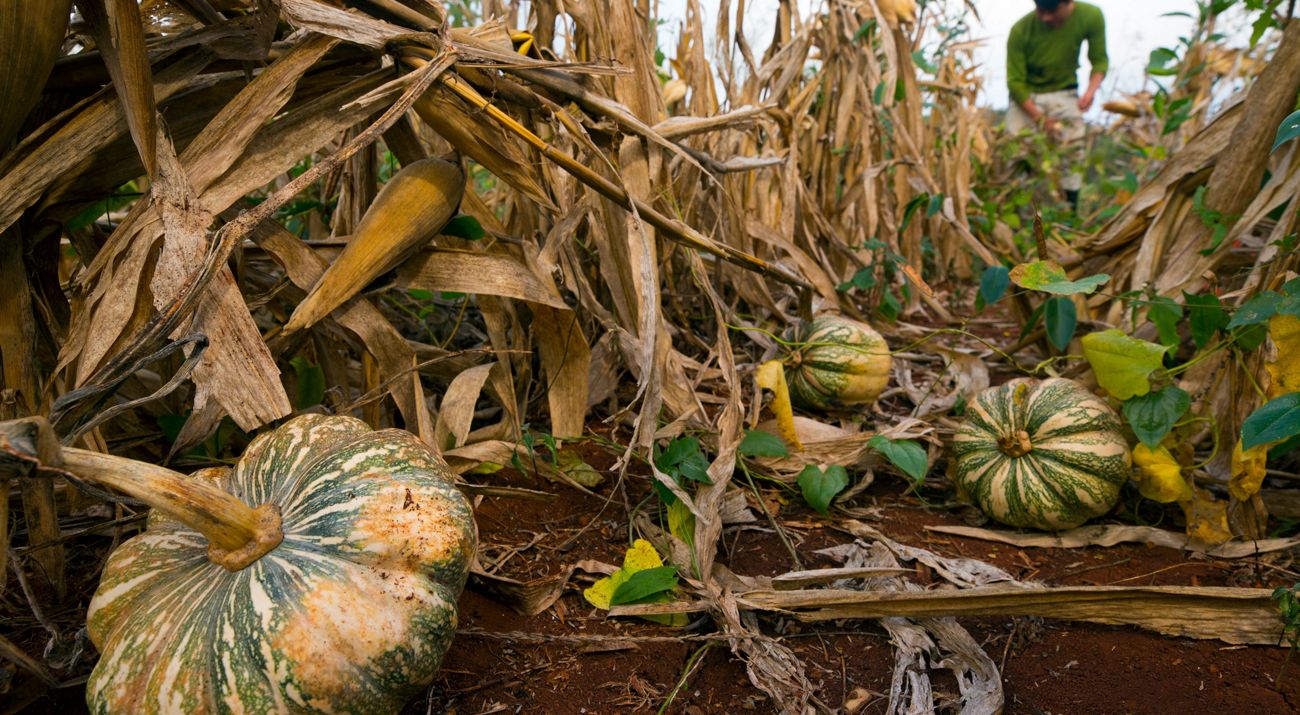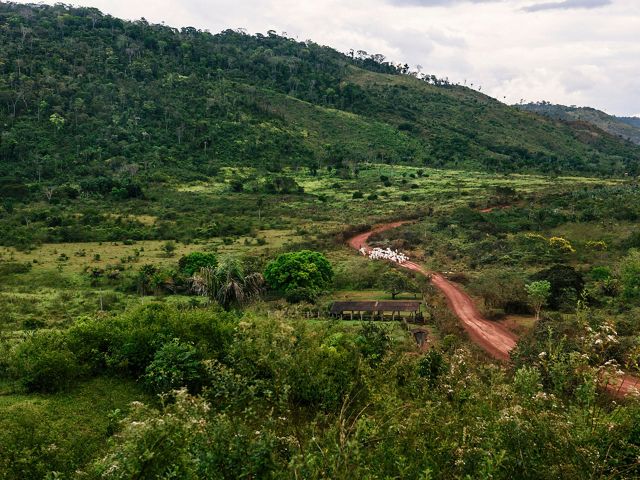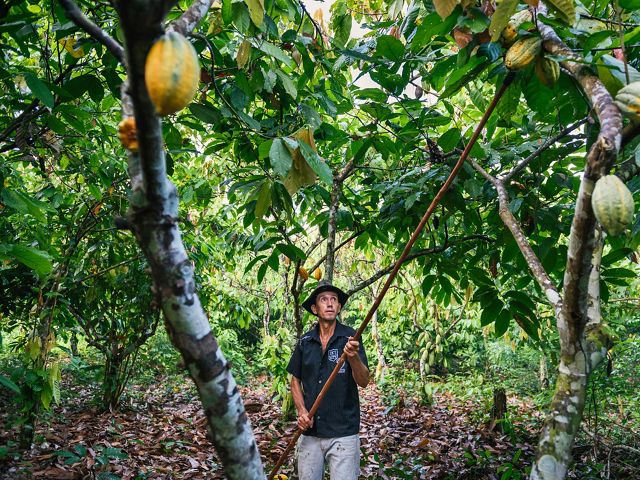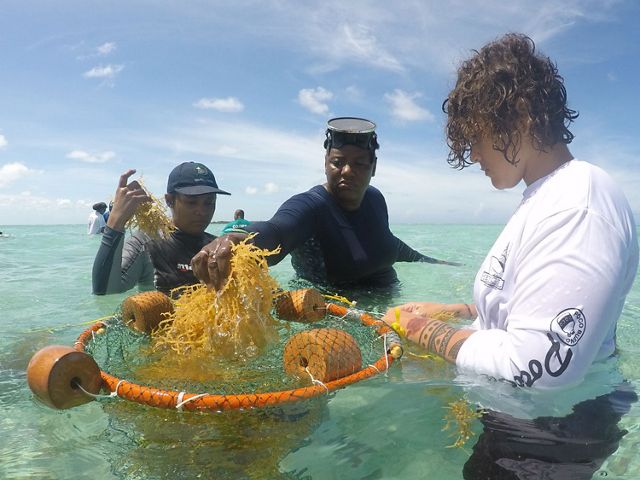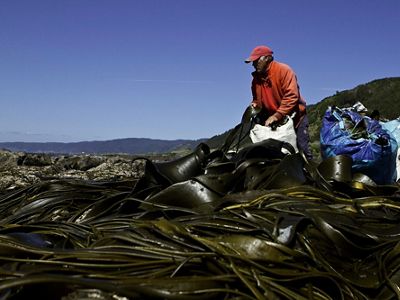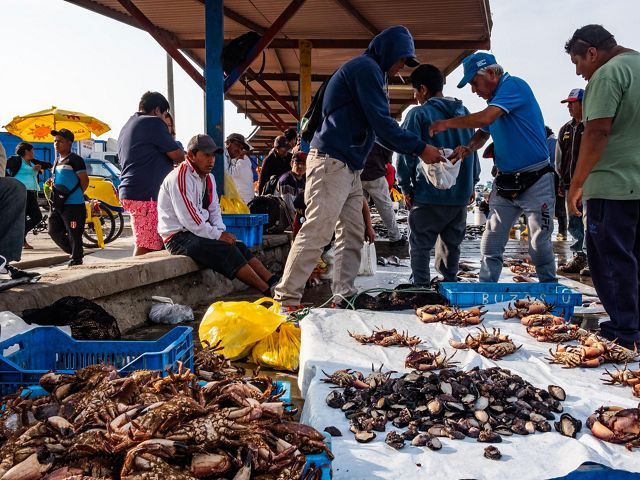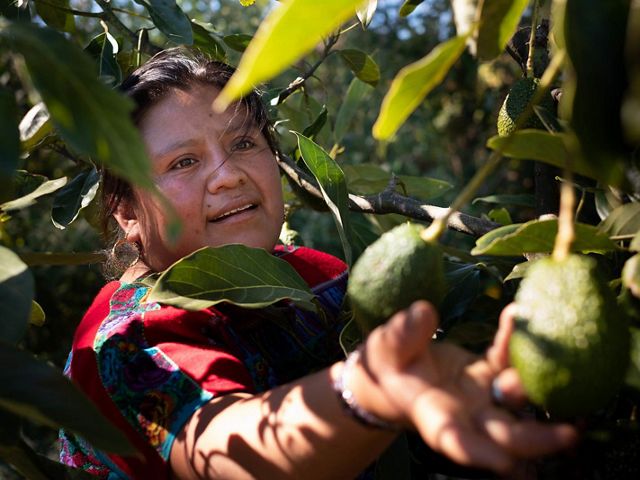The Gran Chaco: Healing Nature through Healthy Food Systems
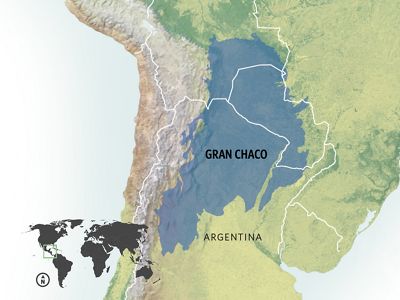
The Gran Chaco stretches across Argentina, Bolivia, Paraguay, and Brazil, spanning an area about twice the size of Spain. It is one of the last remaining biodiversity strongholds in the world and holds the largest dry forest in South America. Recent research found that there is 19 times more carbon stored here than previously estimated, making it one of the largest carbon sinks on the planet. Yet, the rare dry forest of the Gran Chaco is one of the most threatened ecoregions worldwide.
Eighty percent of Argentina’s deforestation today occurs in the Gran Chaco, largely due to large-scale soy and beef production. Growing the same crop year after year has led to overworked and malnourished soils that depend on synthetic fertilizers for productivity, perpetuating a cycle of depletion. Forests that once served as corridors for species like jaguars and giant anteaters are disappearing. These changes not only threaten biodiversity, but dramatically impact the region’s ability to adapt to climate change and cope with natural disasters. Fewer trees mean higher temperatures, elevated carbon emissions, and dry, depleted soils that are more likely to erode during floods or droughts, threatening not only local water quality and quantity but also the region’s food security.


But a new trend is emerging. In 2015, TNC began working with local farmers and larger conventional agricultural operations to introduce the concept of regenerative agriculture. The strategy is based on the principle of giving back to nature the resources needed to produce food— healthy soil, water, biodiversity—so the land can continuously produce while also sequestering carbon and enhancing climate resilience.
Farmer Martin Olivera is one of the champions of regenerative agriculture in the Santa Fe province. He allows his cows to graze on natural meadows or pastureland instead of clearing land for conversion to pasture. As a result, his cattle eat healthier and have shade protecting them from the scorching heat of the Gran Chaco. In return, the cattle fertilize the ecosystem and contribute to the spread of seeds, all of which keeps the forest healthy by creating a virtuous circle in what TNC calls the Gran Chaco foodscape. Martin also replenishes his soil’s nutrients by planting small, surface-dwelling plants between rows of crops. Known as cover crops, these plants aren’t harvested for income, but they help incorporate minerals into the soil to help boost overall productivity and prevent erosion.
Similar projects in Mexico, Central America, Colombia, and Brazil—led by TNC in partnership with thousands of producers like Martin—are demonstrating that food production increases when managed with respect for the delicate ecological balance upon which it depends, creating a positive change for communities, economies, and wildlife.
Quote: Dr. Qu Dongyu
We must create new solutions and find smarter ways to produce more with less input while keeping in mind that there are no healthy foods without a healthy environment.
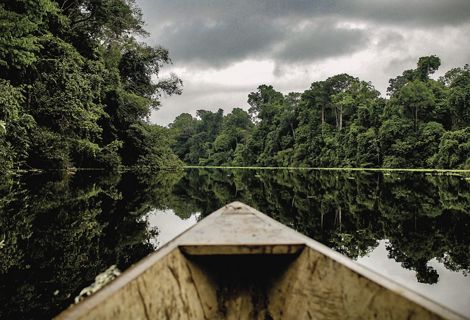
Impact Report 2021
Together, we find a way
